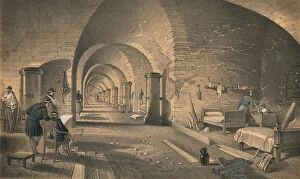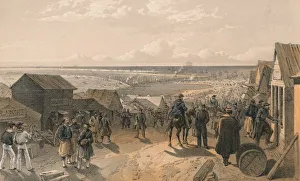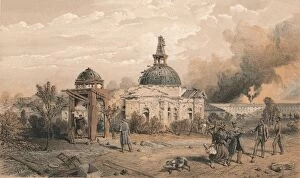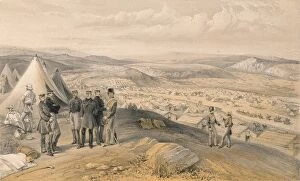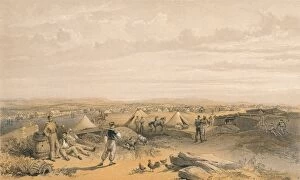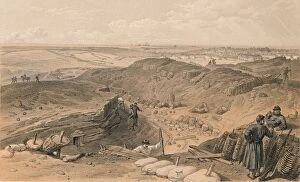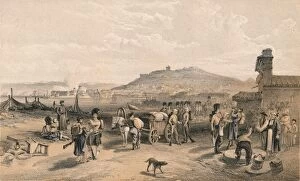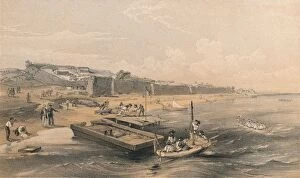George Mcculloch Collection
George McCulloch was a talented artist known for his attention to detail and skillful rendering of various subjects. One of his notable works is the c
All Professionally Made to Order for Quick Shipping
George McCulloch was a talented artist known for his attention to detail and skillful rendering of various subjects. One of his notable works is the c. 1880 walnut sideboard, which showcases his mastery in capturing intricate designs and textures. Another remarkable piece by McCulloch is an interior view of Fort Nicholas in 1856, where he beautifully portrays the architecture and atmosphere of the fort. In addition to architectural scenes, McCulloch also depicted military landscapes such as the Ditch of Bastion Du Mat and Kamiesch, both from 1856. These paintings reveal his ability to convey the ruggedness and intensity of war through brushstrokes. McCulloch's artistic range extended beyond warfare; he also captured scenes that showcased destruction caused by conflict, like "Church in the Rear of Redan, " which depicts the devastating effects of shot and shell on a church building during battle. Furthermore, he documented military camps such as Cavalry Camp and Camp of the 4th Division in 1856 with great precision, providing viewers with glimpses into soldiers' daily lives. Among McCulloch's works are several collaborations with other artists like Edmund Walker, Thomas Picken, Jonathan Needham, William Simpson, George Brackenbury – each contributing their unique perspective to create comprehensive portrayals. One particularly striking painting attributed to McCulloch is "Quarantine Cemetery and Church with French Battery No. 50" from 1856. This artwork captures not only historical events but also evokes emotions through its composition and use of light. Another captivating piece by him is "Kertch from North, " painted during that same year when tensions were high between nations involved in conflicts around Crimea region - it offers a glimpse into this troubled time while showcasing McCullochs talent for landscape painting. Lastly, "The Valley Baidar" provides viewers with breathtaking views looking eastwards towards Petroskis Villa- here we see McCulloch's ability to capture the beauty of nature and its surroundings.



